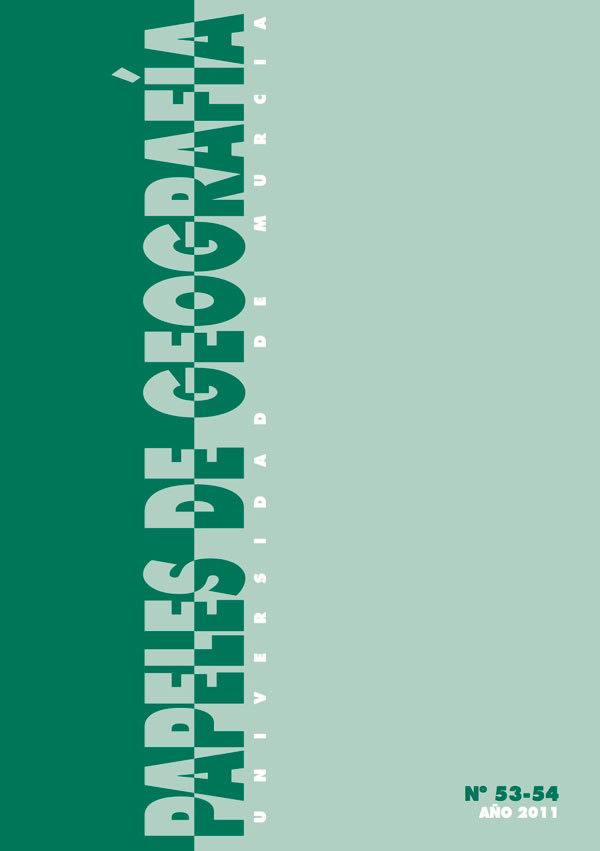Degradación de suelos por actividades antrópicas en el norte de Tamaulipas, México
Resumen
La degradación de los suelos es un proceso que puede estar inducido por el hombre y que disminuye la capacidad actual y/o futura para sostener la vida humana. En este trabajo se estudia la Zona II de la Cuenca de Burgos (México) con el objetivo de evaluar y conocer los distintos tipos de degradación, originada por la acción antrópica. Para ello se delimitaron los tipos de suelo, se seleccionaron áreas representativas para realizar perfiles de suelos y se evaluó la degradación de los mismos siguiendo la metodología de ASSOD (Van Lyden, 1997). Los resultados muestran como el 74% del área estudiada presenta evidencias de degradación. Los tipos dominantes son: erosión hídrica, compactación y erosión eólica. Las causas principales son el sobrepastoreo y las prácticas agrícolas superficiales, a lo que hay que añadir las actividades industriales recientes de PEMEX. La degradación más acusada se presenta en Calcisoles. Los Leptosoles, por el contrario, tienen menor degradación, pero es en donde se da la mayor actividad industrial.Descargas
-
Resumen10890
-
PDF4153
Las obras que se publican en esta revista están sujetas a los siguientes términos:
1. El Servicio de Publicaciones de la Universidad de Murcia (la editorial) conserva los derechos patrimoniales (copyright) de las obras publicadas, y favorece y permite la reutilización de las mismas bajo la licencia de uso indicada en el punto 2.
2. Las obras se publican en la edición electrónica de la revista bajo una licencia Creative Commons Reconocimiento-NoComercial 4.0 (texto legal). Se pueden copiar, usar, difundir, transmitir y exponer públicamente, siempre que: i) se cite la autoría y la fuente original de su publicación (revista, editorial y URL de la obra); ii) no se usen para fines comerciales; iii) se mencione la existencia y especificaciones de esta licencia de uso.
3. Condiciones de auto-archivo. Se permite y se anima a los autores a difundir electrónicamente las versiones pre-print (versión antes de ser evaluada) y/o post-print (versión evaluada y aceptada para su publicación) de sus obras antes de su publicación, ya que favorece su circulación y difusión más temprana y con ello un posible aumento en su citación y alcance entre la comunidad académica. Color RoMEO: verde.








